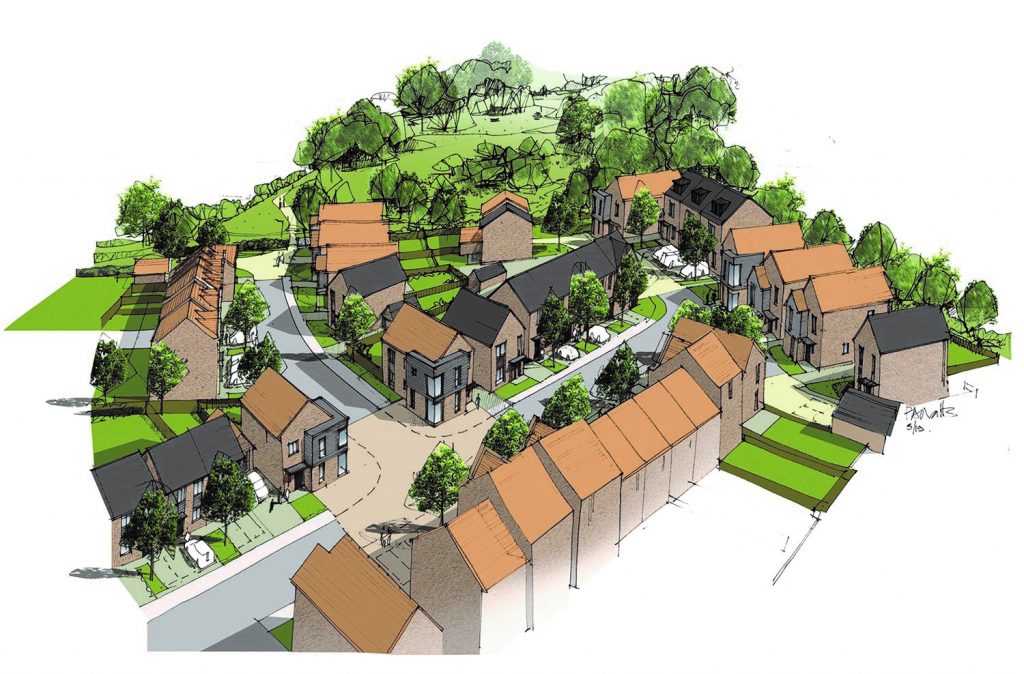Dealing with climate change globally is the need of the hour and a lot of steps are already being taken towards it. One such major step is adopting an appropriate method to carry out the development, which can prove to be a crucial tool if used efficiently. Now, there are different types of plans that become part of the development process, but there is one planning process which can really turn things around for us and that is the neighborhood planning.
What is Neighborhood Planning?
Neighborhood planning is a method for communities to deliberate on the future of the areas where they live and work. It gives local communities a greater sense of power by letting them decide over where new dwellings, businesses, stores, and community facilities should be built, as well as give them the ability to assign development sites. However, one cannot influence or block previously defined development through a plan.

It helps communities better utilize and manage themselves while ensuring that efficient development is taking place in their neighborhood. Giving power to the communities for shaping their areas helps inculcating a much greater sense of responsibility among the people which can ultimately lead them to monitor and regulate their actions; and this currently is of utmost importance, if climate change has to be dealt with efficiently.
How can it combat climate change?
To ensure that neighborhood planning actually plays a part in dealing with the crisis one has to make certain that climate change becomes very core of the neighborhood planning. The ever increasing impacts of climate change makes it hard for any plan to be deemed fit unless it includes steps towards increasing the resilience and decreasing the carbon emissions of the area. It is high time that we broaden our horizons and step away from the conventional planning processes which majorly focus on accommodating housing. Neighborhood planning can play a key role in striking a perfect balance between our health and well being and our natural surroundings. If carried out expeditiously, it can end up acting as a doorway to connect with nature and those around us. It will not only make our communities more resilient but will also help maintain a good quality of life, which is pivotal for our metal health.
Communities need to work towards formulating a Neighborhood plan which no longer treats sustainability as a mere qualifier but makes it certain that sustainability and development are both on the same platform. The main goal for the communities while formulating such a plan is to include mitigation strategies and polices contributing towards achieving a neighborhood plan which has low carbon footprint.

We have to be fully committed towards combating climate change and attaining environmental sustainability and this can only be done by identifying the weaknesses and strengths of the area at hand. All this can only be achieved by ensuring community engagement which can ultimately help combat the crisis which currently the world is struggling to tackle.
